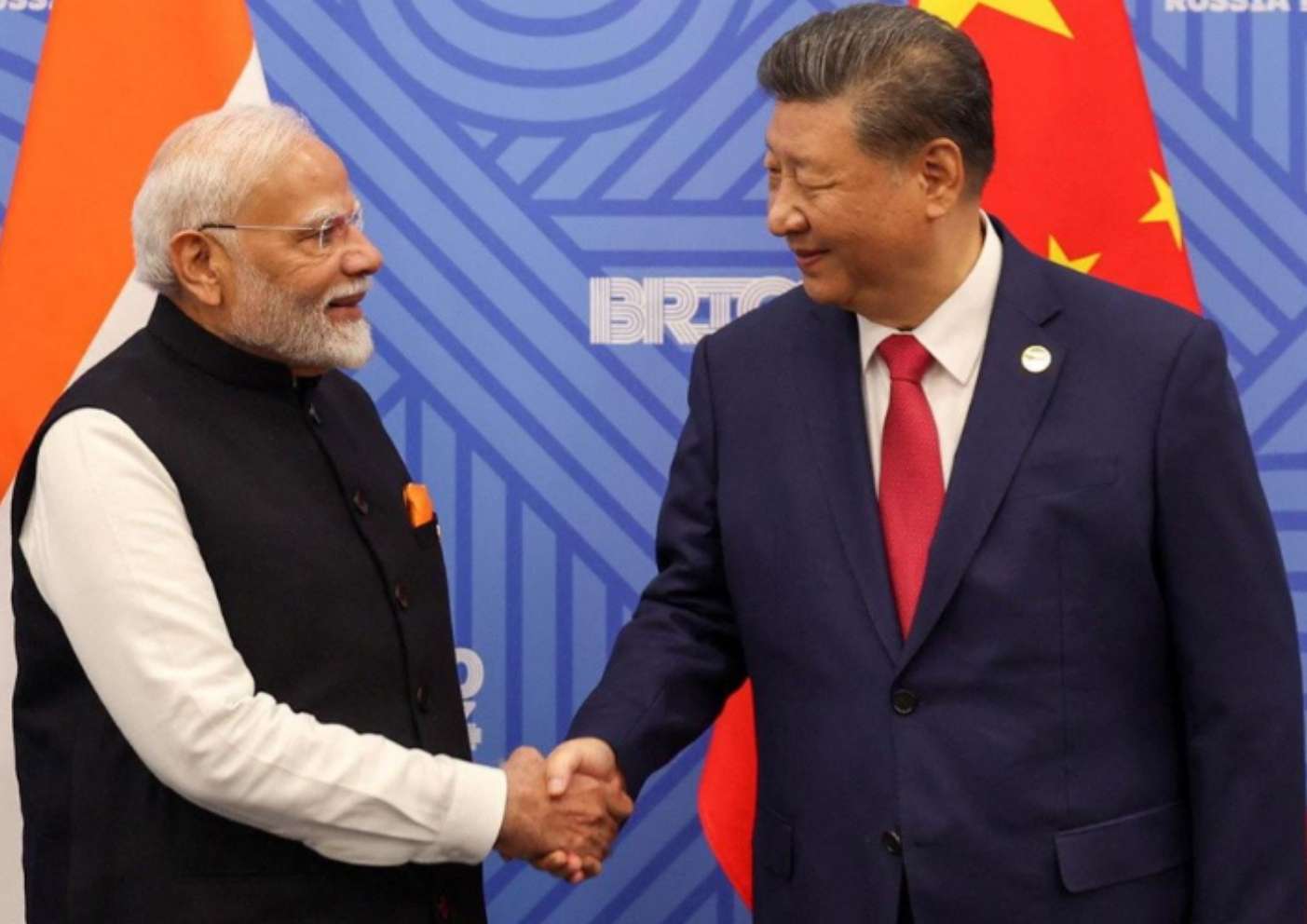TIANJIN, China: In a landmark move that signals a potential reset in bilateral ties, Chinese President Xi Jinping and Indian Prime Minister Narendra Modi met on the sidelines of the SCO Summit in Tianjin, breaking a seven-year gap in high-level engagements between the two Asian powers.
The meeting, described by both sides as “constructive and forward-looking,” comes after years of frosty relations fueled by the 2020 border clashes and strained economic ties. Modi congratulated Xi on China’s leadership within the SCO, emphasizing that “mutual trust, respect, and cooperation” are the keys to stability and progress in the region.
Significant progress was reported in several areas during the dialogue:
- New border management protocols aimed at ensuring peace along the Line of Actual Control (LAC).
- The reopening of pilgrimage routes, including the revered Kailash Mansarovar Yatra, strengthening cultural connections.
- Plans to resume direct flights, promising smoother people-to-people contact and trade facilitation.
President Xi, striking a poetic note, said it was the “right choice” for neighbors to collaborate, likening the partnership to the dragon and elephant walking together, a powerful symbol of unity and shared strength in a shifting geopolitical order.
Political analysts see the rapprochement as a strategic response to rising U.S. economic and political pressure, particularly following Washington’s recent imposition of 50% tariffs on Indian exports. Experts suggest that this renewed understanding could pave the way for a stronger Global South alliance, reshaping the balance of power in the region.
With both nations aligning under the SCO’s multipolar vision, the Tianjin meeting is being seen as a critical step towards recalibrating their diplomatic and economic priorities while countering external challenges.
This story has been reported by PakTribune. All rights reserved.



